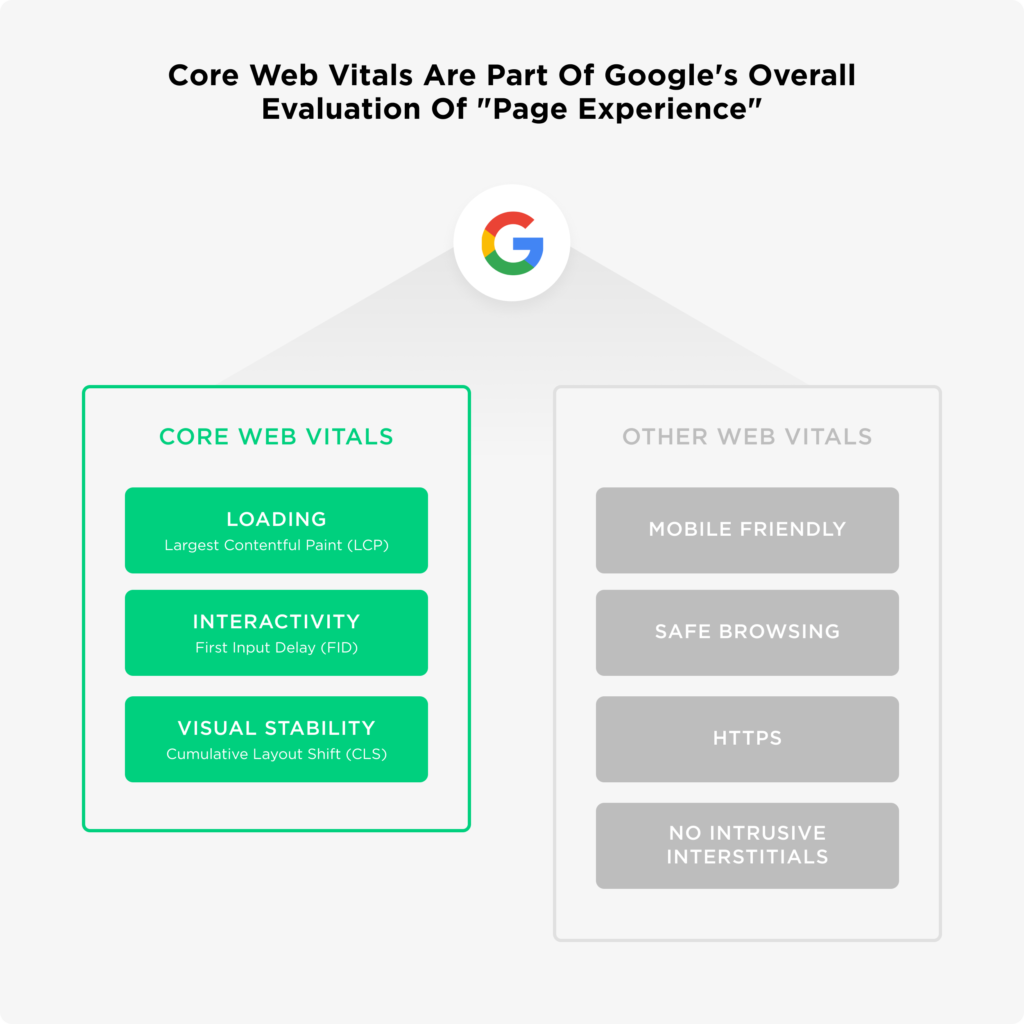
Core Web Vitals & User Experience Important Google Ranking Signals?
Tags: Accelerated Mobile Page • amp • Google search central • Google Search ranking • google webmasters central • page experience signals • ranking signal • user experience • web vitals • wordpress plugins
How a user interacts with a web page after it lands on it forms the part of the overall page experience – a page ranking signal in the Google search algorithm.
Page experience are a set of signals that measure how users perceive the experience of interacting with a web page beyond its pure information value.
Users prefer to visit websites regularly which provides a great user experience, according to an industry study and also from an internal study by Google.
In fact, going even further Google, based on their internal study, has already added various page experience signals in the search rankings such as how fast a page loads, how mobile-friendly a page is, browsing experience, etc.
Web Vitals Overview
Web vitals is an initiative by Google where they provide guidance for implementing and delivering a great user experience on the web. Whether you are a business owner, web marketer, or even a webmaster, everyone wants the website visitors to have a great browsing experience on the web. A great user experience, which translates into a better conversion ratio, is essential for encouraging visitors to come back again and again.
Google wants searchers to get enjoyable browsing experiences from the web pages they visit; thus page experiences are going to become an important ranking signal soon for ranking sites.
Therefore to rank pages, Google will now prioritize web pages with great page experience post-May 2021. Google even plans to have a visual indicator highlighting a page’s experience in search results (SERPs). Wouldn’t that be nice to know beforehand how your page experience will be before even visiting a page? Pssssstttt!
The existing core web vital elements will evolve over time, says Google. But the currently available key core web vital elements focus on the following set of values measuring/assessing the user experiences: — loading, interactivity, and visual stability.

- Largest Contentful Paint (LCP): It measures and displays the loading performance of a page. Pages with an LCP value of fewer than 2.5 seconds provides a good user experience. In general parlance, LCP measures how quickly the main content of a web page loads and is visible to the users. Other metrics that are there such as load, DOMContentLoaded, or even First Contentful Paint (FCP) don’t measure what the user sees and how quickly.
- First Input Delay (FID): This core web vital measures interactivity. An FID of value less than 100 milliseconds shows the page offers a good user experience.
- Cumulative Layout Shift (CLS): CLS measures visual stability. As a webmaster or a business owner, your website pages should have a CLS of less than 0.1 to provide a good user experience.

How Publishers Can Increase Page Experience?
Publishers can use various tools such as PageSpeed, Lighthouse, and AMP to improve the overall page experience on their websites. Back in Nov 2020, Google reported seeing a whopping 70% increase in the number of users engaging with Lighthouse and PageSpeed Insights.
Furthermore, many website owners use Search Console’s Core Web Vitals report to identify opportunities for enhancements. Just so you know, Google changed the name of Google Webmasters Central to Google Search Central.
Publishers must realize that AMP (Accelerated Mobile Pages) pages are still one of the best options to provide better page experiences. They are easily created and cost-effective to build them.
All major CMS applications including WordPress have plugins to generate the AMP version of pages.
Accelerated Mobile Page (AMP) is an open-source HTML framework initiative to design web pages that are fast, smooth-loading, and high on the user-experience list.
 Previous Post
Previous Post Next Post
Next Post
